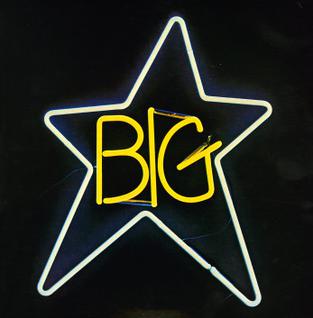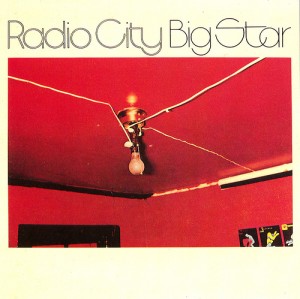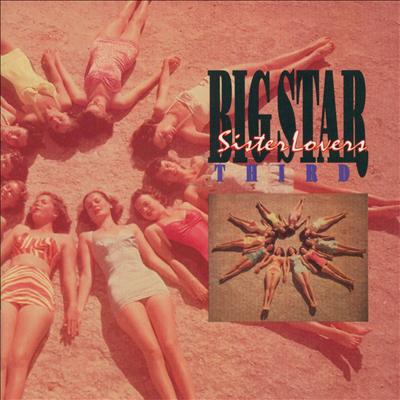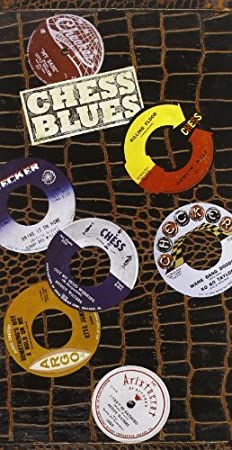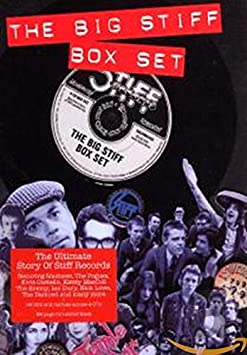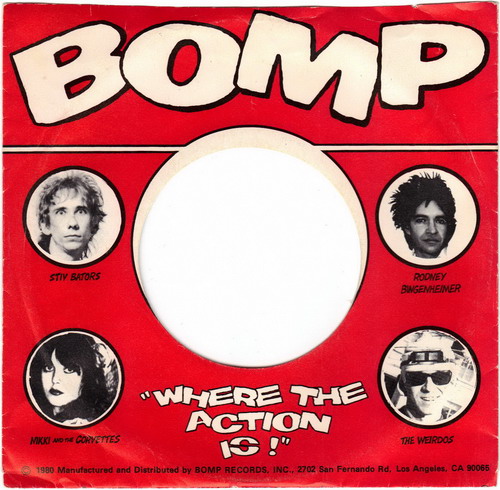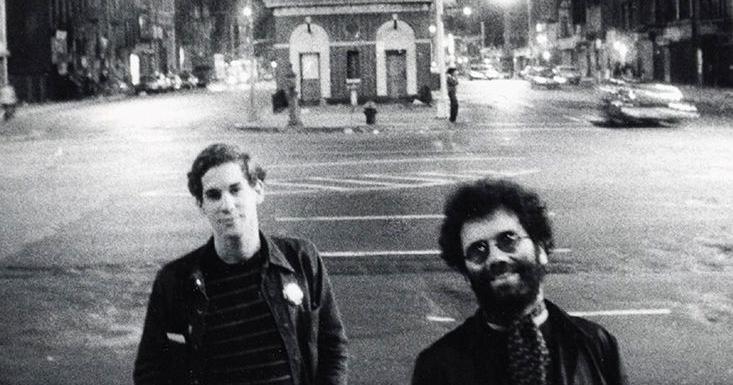Chris Stamey was born and raised in North Carolina and was one of the first musicians influenced by Big Star and the power pop scene around Memphis. He traveled to New York City, where he played bass with Alex Chilton and founded Car Records, which released Chris Bell’s single “I Am the Cosmos” b/w “You And Your Sister”. Car Records also released “(I Thought You) Wanted to Know” b/w “If and When” in 1978. This song was credited to “Chris Stamey and the dBs” and had Richard Lloyd on guitar, Gene Holder on bass, and Will Rigby on drums. Pete Holsapple joined in October 1978, thus completing the classic dBs lineup.
The dBs released their second single, “Black and White” b/w “Soul Kiss” in 1980. They then signed with Albion Records, which released their debut album, “Stands for Decibels”, in January 1981. This album was a critical success but a commercial failure. Their next album, “Repercussion”, was released in April 1982. It, too, did not sell well, and Chris Stamey left the dBs after its release, leaving the band to continue as a trio with Holsapple writing most of the songs. They signed with a new record label, Bearsville Records, which released “Like This” in 1984. But Bearsville went bankrupt that year, and, needless to say, the album did not do well. The dBs released “The Sound of Music” as a last-ditch effort in 1987, and when that, too, was a commercial flop, the dBs broke up.
The following is a chronology of albums released by the dBs before their dissolution:

Stands for Decibels (1981): This album is legitmately considered a power pop classic. Singing and songwriting are split between the talented Chris Stamey and Peter Holsapple. Contains the first single, “Black and White”, “Dynamite” (the organ on this track is quite awesome), “The Fight” and “Bad Reputation”. The dBs count as influences not only American power pop originals such as Big Star, but also their British counterparts such as The Beatles. This is an enjoyable album, containing melodious harmonies and harmonic melodies.
Repercussion (1982): Here, the dBs repeat the formula that made “Stands for Decibels” successful, only this time, it’s more polished and refined than it was on the first album. This album contains the classic “Amplifier” and “Ask for Jill”, a homage to a producer.
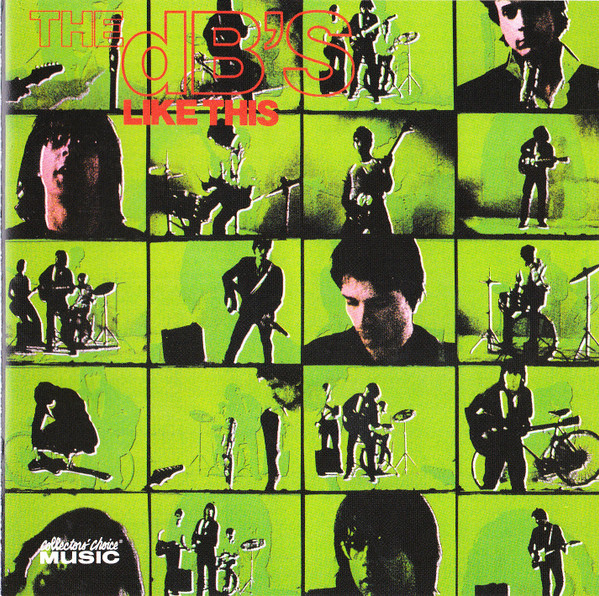
Like This (1984): Now that Chris Stamey had left the band, the dBs were reduced to a trio, signed with a new label (Bearsville) and released a new album. The band relies on Holsapple for songwriting, and stripped of the artsy quirks of Stamey, they perform some good rockers and country-influenced songs. Highlights include “Love Is for Lovers”, “Not Cool”, and “A Spy in the House of Love”.
The Sound of Music (1987): Bearsville Records had gone bankrupt in the same year that “Like This” had been released; the band was in legal limbo for the next few years, bound by an exclusivity deal with their non-existant label. They ultimately signed with I.R.S. Records, and released this album, which they treated as a make-or-break record. This time, Jeff Beninato joined the dBs on bass, and Holsapple wrote all songs except “Feel Alright” (written by Tommy Edwards). Once again, the band eschews the quirkiness of “Stands for Decibels” and “Repercussion” and records surprisingly catchy songs like “Changing with the Changing Times”, “Bonneville”, and “Working for Somebody Else”.
That would pretty much be the chronicle of the dBs…if not for the fact that they reunited in the early 2010s:
Falling Off the Sky (2012): All four members of the classic lineup (Stamey, Holsapple, Holder and Rigby) reuinited for this album. It’s a good album in that all four members show their individual personalities in their music, but thirty years have passed since the original lineup was intact, so it’s not quite the same band as existed before. Still, this is great stuff. The best tracks are “The Wonder of Love” and “Write Back”.

